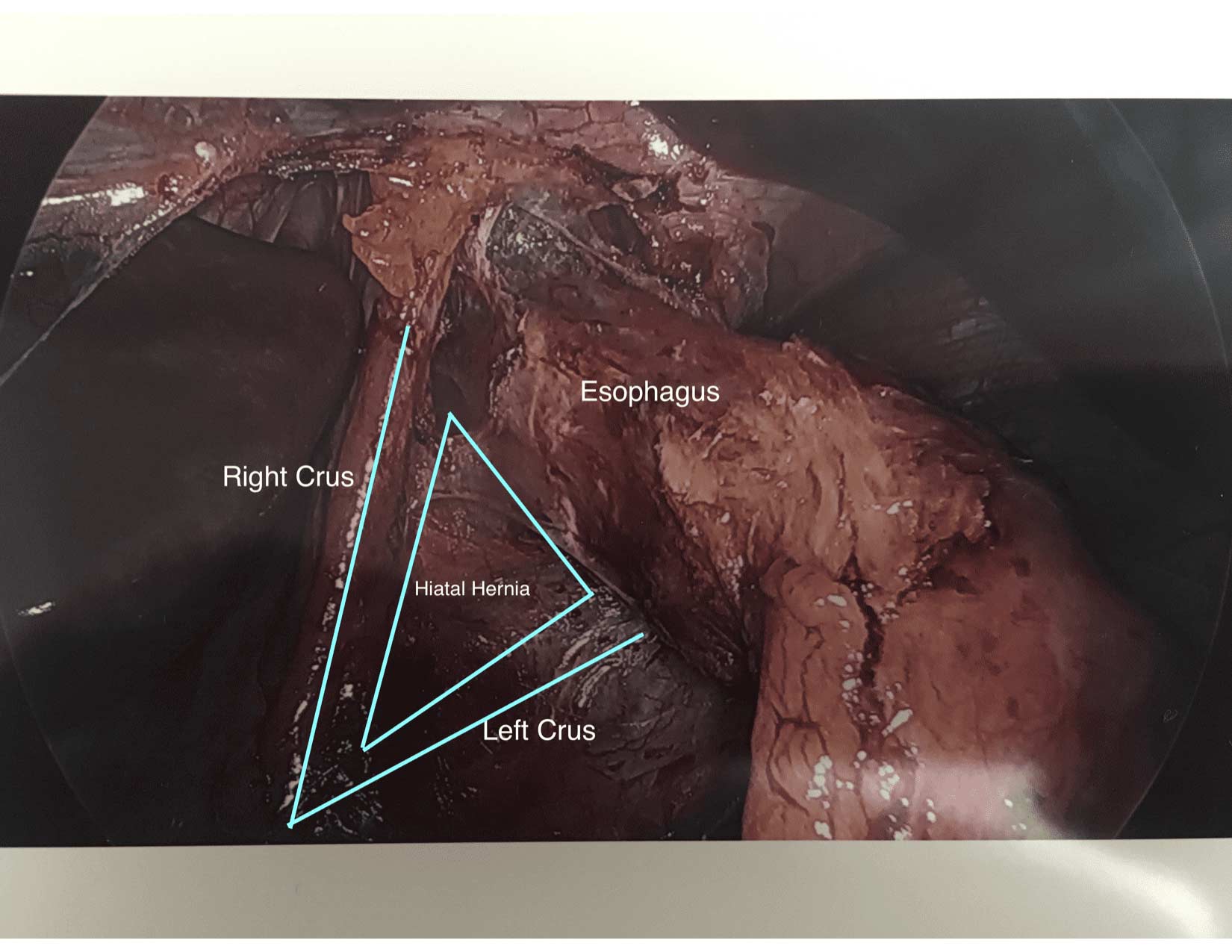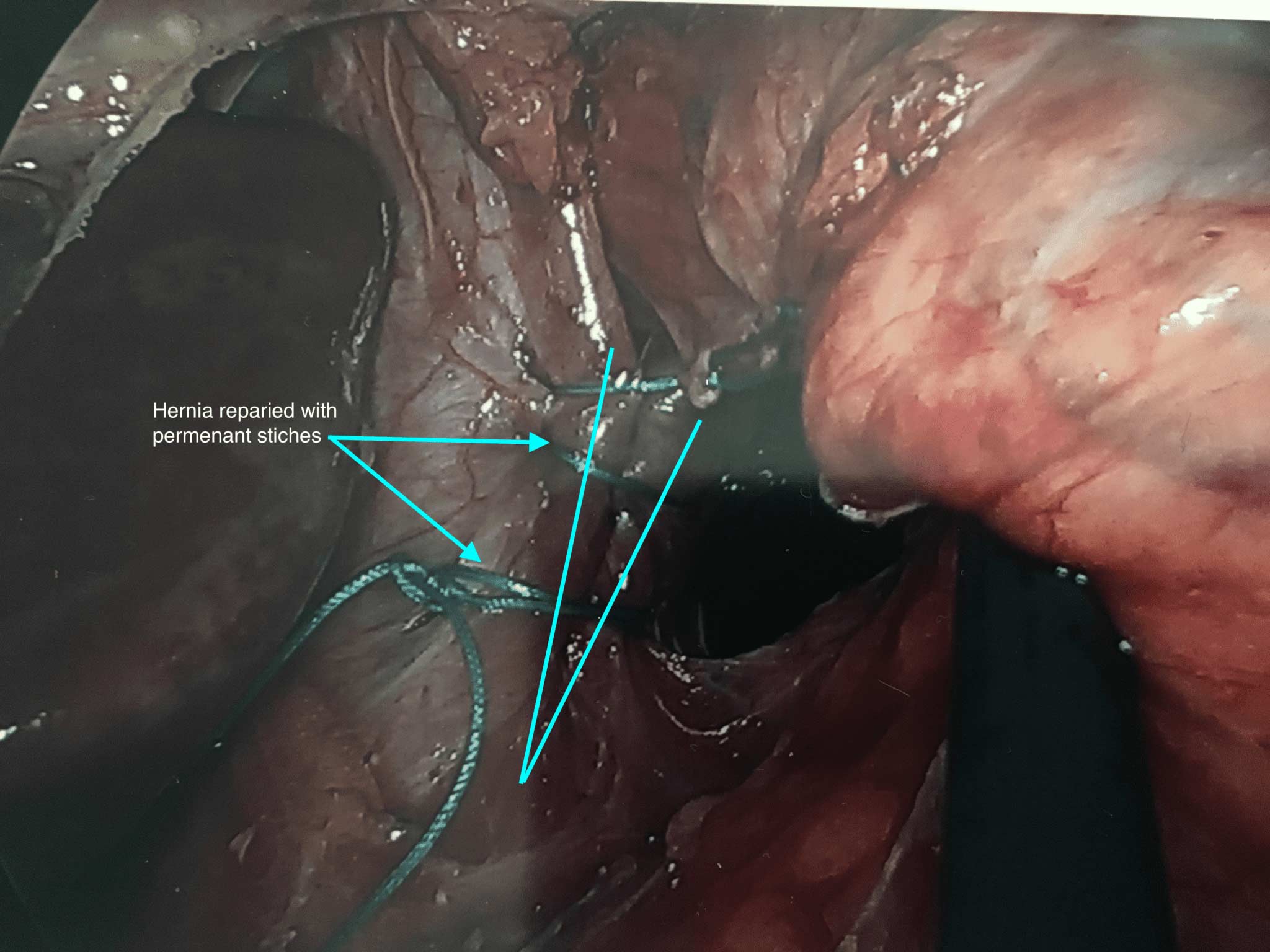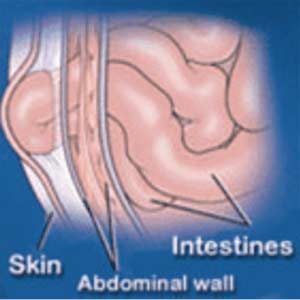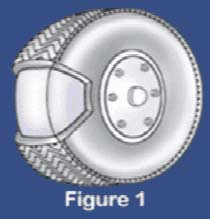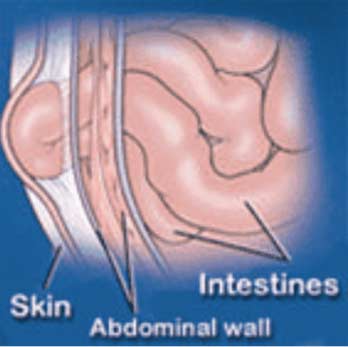Tag: hernia repair
Adhesions, Internal Hernia And Bowel Obstruction
December 15, 2018 2:35 pm
Adhesions are fibrous bands of scar tissue that form during the healing process. Following surgery, many people live normally with this scar tissue. However, they are also the cause of bowel obstruction when the adhesions form in such a way that causes a segment of the bowel to either get trapped, or form a “knot”. In both of those cases, the end result is a partial narrowing or a complete blockage of the intestines. This is called bowel obstruction.
Without treatment, the blocked parts of the intestine can die, leading to serious issues. However, with prompt medical care, intestinal obstruction often can be successfully treated.
Other causes of bowel obstruction:
- In children, the most common cause of intestinal obstruction is telescoping of the intestine (intussusception).
- Intussusception telescoping of the interstine
- Hernias — portions of intestine that protrude into another part of your body
- Inflammatory bowel diseases, such as Crohn’s disease
- Diverticulitis — a condition in which small, bulging pouches (diverticula) in the digestive tract become inflamed or infected
- Twisting of the colon (volvulus)
- Impacted feces
- Colon Cancer


In patients who haven’t Bariatric / weight loss surgery or an untouched GI track, bowel obstruction may manifest itself by symptoms of loss of appetite, constipation, nausea, vomiting, enlarged abdomen, abdominal pain, cramping, with no passage of gas or bowel movements.
However, patients who have had a weight loss surgery (Duodenal Switch, or the Gastric Bypass) because of the parallel limbs of the small bowel, the symptoms outlined above may not present. The diagnosis of a bowel obstruction, when suspected, should be identified with CT scan of the abdomen and pelvis with Oral and IV contrast. A CT scan with no oral contrast or water instead of oral contrast is inadequate and may lead to a delay in diagnosis and surgical intervention. Examples of Bowel Obstruction CT findings were discussed previously.
The treatment for an internal hernia and adhesions causing a bowel obstruction depending on the severity may range from observation to surgical intervention in order to release the small bowel from the constraints of the adhesions.
Reflux and Hiatal Hernia
April 17, 2017 9:41 am
One of the leading reasons for Gastro-esophageal reflux disease (GERD) is a physical defect called a Hiatal hernia. The esophageal Hiatus is the opening in the diaphragm where the esophagus enters from chest cavity allowing the esophagus to pass into the abdominal space. If the opening in the diaphragm is much larger than the esophagus, it will result in reflux of the stomach secretions and food from the stomach into esophagus. *Note: Graphic surgical pictures below
Hiatal Hernia Causes:
- heavy lifting
- coughing
- obesity
- injury
- persistent vomiting
- age related
Reflux and Hernia Symptoms:
- sour taste
- reflux
- heartburn
- belching
- chest or abdominal pain
- difficulty swallowing
- vomiting
- no symptoms
The treatment includes dietary changes, medication and in those who do not improve surgery.
Hiatal hernia repair includes tightening of the dilated opening of the esophageal hiatus by re-appoximating the separated muscle fibers of the right and the left crus. This tightens the defect in the diaphragm and helps prevent part of the stomach or stomach contents from entering the chest cavity.
You can find further information and dietary changes regarding Hiatal Hernia and GERD here, including information unique to weight loss surgery and Hiatal Hernia. You can also find further surgical information, as well as a surgical video here.
BMI Threshold for Ventral Hernia Repair
July 21, 2016 2:48 pm
“After Ventral Hernia Repair (VHR), complications are most likely to occur in patients with BMI ≥ 40 kg/m2. This subset of patients also had a significantly higher risk of undergoing surgery for a recurrent hernia, suggesting that this group of patients is likely to experience adverse outcomes after VHR and should be counseled to consider bariatric surgery prior to attempts at VHR.” Information on Bariatric Surgery here.
Read more of the original article here….
A hernia is present when part of an internal organ or tissue bulges through a defect or weak area in the belly wall (fascia). The type of hernia you have depends on where it is and how it occurs. Ventral Hernias are named after the location in the body they occur. A ventral hernia is a bulging of the abdominal wall anteriorly. When the hernia is located at the site of a pervious surgical scar then it is called an incisional hernia. A hernia can occur at any location of the abdominal wall however. Further information regarding incisional hernia here.
A Ventral Hernia can develop due to straining, lifting or increased abdominal pressure and is a weakening of the abdominal wall. Usually fat and internal organs bulge outside the facsia that holds the internal organs within the abdominal cavity. This type of hernia can be asymptomatic or cause pain with pressure or exertion. If left untreated, they can become larger or become incarcerated requiring emergent surgical intervention. Dr. Ara Keshishian performs ventral hernia repairs using a laparoscopic technique that may or may not require mesh repair. Mesh is place behind the defect in the abdomonial wall and extends past the hernia edges. Mesh is used to re-enforce the abdominal wall and allowing the healing tissue to form a sturdy foundation to help prevent reoccurrence of the hernia. Videos of Ventral Hernia Repairs here.
Incisional Hernia
January 08, 2016 10:16 am
After any type of abdominal surgery there is an inherent weakness or defect in the abdominal wall due to the incision that can lead to Incisional Hernia. Some weaknesses or defects can be present from birth or develop over a period of time. If the Incisional Hernia defect is large enough, abdominal contents such as the bowels, may protrude through the defect causing a lump or bulge felt by the patient. Hernias develop at certain sites which have a natural tendency to be weak; the groin, umbilicus (belly button), and previous surgical incisions.
Think of your hernia as a bulge in a tire. The outer wall of the tire is like your abdominal wall. The inner tube of the tire is like your intestines (Figure 1).
Most of the time the outer wall of the tire is strong enough to hold the inner tube, but if the wall weakens, a bulge may occur (Figure 2).
Just like a hernia may form in a weakness in the abdominal wall (Figure 3).
What does a hernia feel like?
A hernia can be both seen and felt. You may notice it as a lump in your abdomen or groin that may or may not disappear when you lie down. You also may be aware of a dull aching sensation that becomes more pronounced when you are active.
Will my hernia go away?
An untreated hernia will not get better on its own, although it may not get worse for months or even years. A hernia that can be easily pushed back or flattened (reducible hernia) is generally not an immediate danger to your health, although it can be painful. A non-reducible hernia, however, can become life-threatening if part of the intestine gets trapped, or strangulated, in the opening. This is also called an incarcerated hernia and is an emergency situation that may require immediate surgery.
Why should hernia be repaired?
Hernias should be repaired for several reasons. Once a hernia has developed, it will tend to enlarge and cause discomfort. If a loop of bowel gets caught in the hernia, it may become obstructed or the bowels’ blood supply may be cut off. This could then become a life-threatening situation. Most hernias can be repaired effectively.
Why does a incisional hernia hurt?
The discomfort you feel, especially when you cough, lift something heavy, or stand for a long time, comes from the constant pressure of tissue pushing its way through the weakened spot in your body. As more tissue pushes through the weakened area, the feeling of pressure increases. A hernia that develops or worsens quickly can produce a sudden intense pain as it enlarges.
What can I do to feel better?
Limiting activity or eliminating excess weight may provide temporary relief. Wearing a truss or binder has also offered temporary relief. The only cure for an incisional hernia, however, is surgery. There are two reasons for hernia surgery: to correct or prevent a dangerous strangulated hernia, and to eliminate the pain that may be interfering with your normal activity. Although there are always risks and side effects associated with surgery, today’s surgical techniques provide patients with treatment options that offer minimal post-operative discomfort, speedy recovery, and lasting relief.
The repair of a hernia depends on the size of the hernia. The standard method of hernia repair involves making an incision in the abdominal wall. Normal healthy tissues are cut until the area of weakness is found. This area, the hernia, is then repaired with sutures. Often a prosthetic material such as mesh, another plastic or biological material is sutured in place to strengthen the area and close the defect. Finally, the skin and other healthy tissues that were cut during the initial incision are sutured back together to complete the repair. Video of Laparoscopic Incisional Hernia Repair here.

